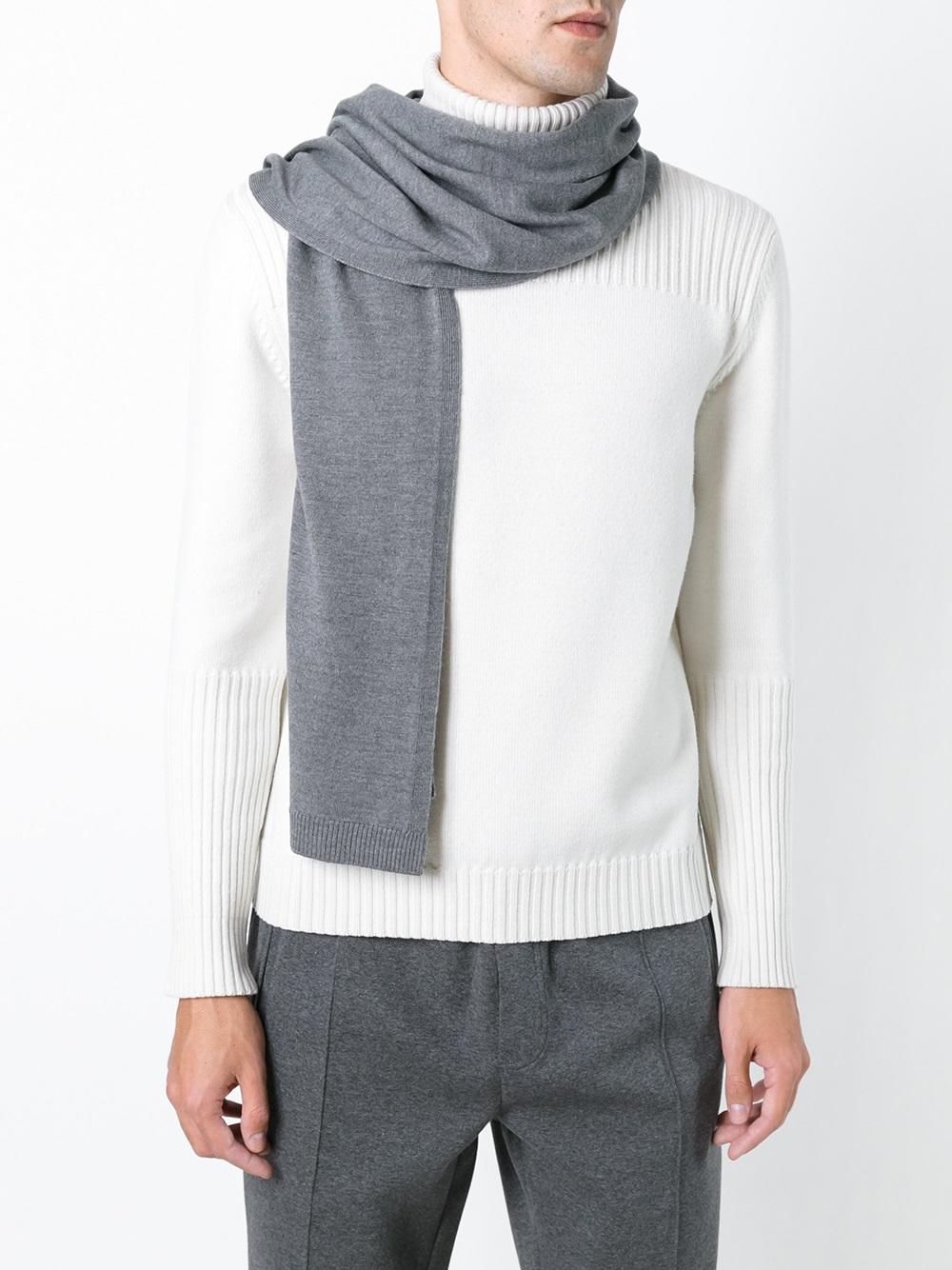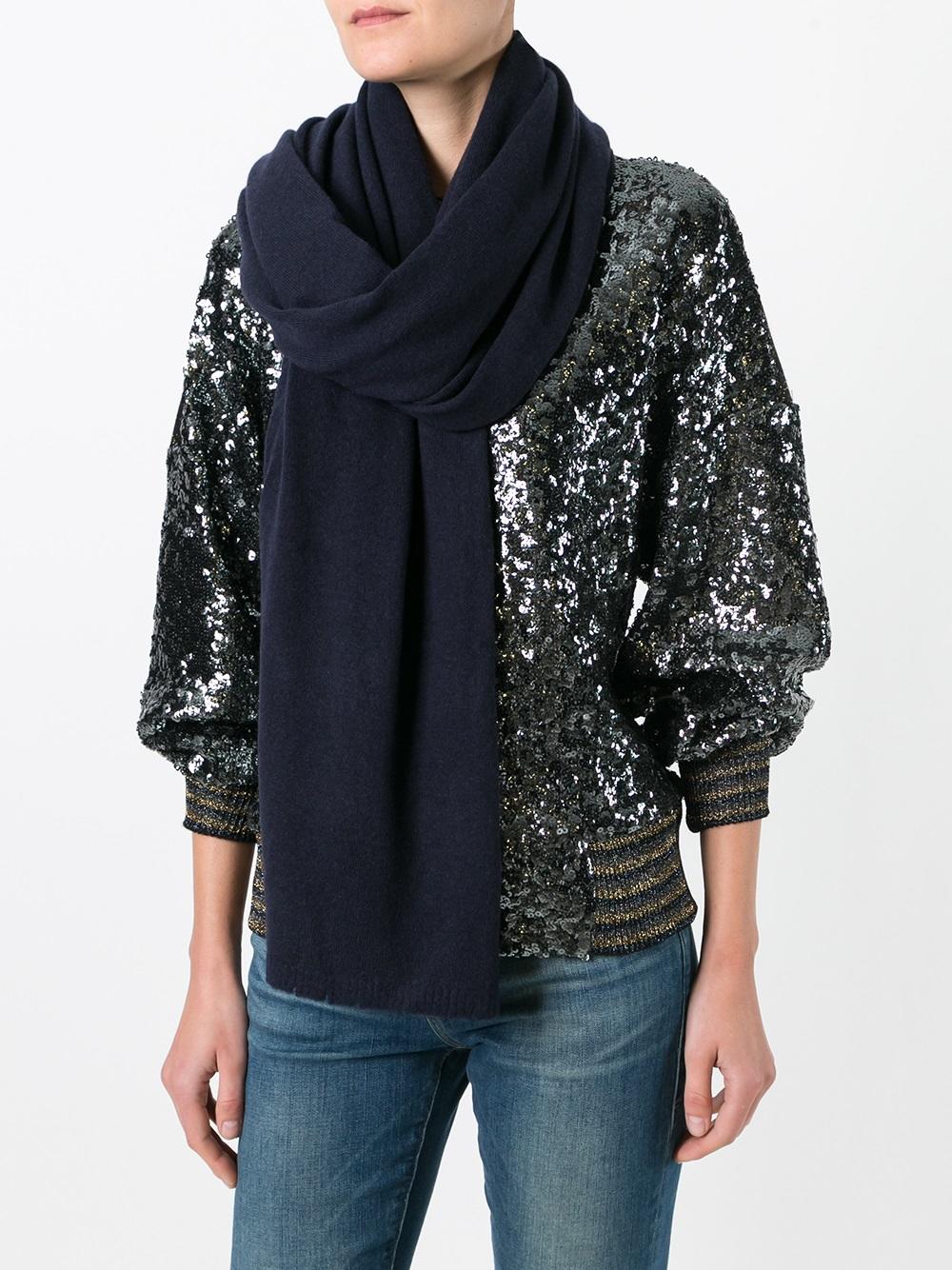The Materials of Knitting a Scarf
The materials needed to knit a scarf include yarn, knitting needles, scissors, and a tape measure. The type of yarn used will affect the texture and weight of the scarf, while the size of the knitting needles will determine how loose or tight the stitches will be. Scissors are used to cut the yarn at the end of the project, and a tape measure is helpful in determining the length and width of the scarf.
The material you choose for knitting a scarf depends on the look and feel you are aiming for. Here are some of the most commonly used materials:

1、Wool: Wool is a popular choice for scarves as it is both warm and soft. It comes in a variety of colors and textures, allowing you to create scarves with different patterns and styles. However, wool can be itchy for some people, so it's best to go for a breed with a finer wool such as Merino.
2、Acrylic: Acrylic is a synthetic material that mimics the look and feel of wool. It is less expensive than wool and easier to find in different colors and textures. Acrylic scarves are also less itchy than wool scarves. However, acrylic can be prone to pilling, so it's important to choose a higher-quality type if you want your scarf to last longer.
3、Cotton: Cotton is a natural fiber that is both breathable and comfortable. It comes in a variety of weights, allowing you to create scarves with different levels of warmth. Cotton scarves are also easy to wash and maintain. However, cotton can be prone to shrinking, so it's important to wash and dry it properly to avoid any surprises.
4、Silk: Silk is a luxurious material that adds a touch of elegance to any scarf. It is both soft and smooth, making it comfortable to wear around the neck. Silk scarves are also easy to care for, as they can be dry-cleaned or hand-washed. However, silk can be quite expensive, so it's best to treat it as a splurge material.
5、Blended Materials: There are also a variety of blended materials that can be used for knitting scarves. These usually combine two or more materials together to create a unique look and feel. For example, a wool-silk blend can create a scarf that is both warm and luxurious. Blended materials can also help to reduce the costs of using only one type of material.
When choosing the material for your scarf, consider your budget, the look you are going for, and the level of warmth you need. You may also want to consider the material's ease of care, as some materials require more maintenance than others.

Here are a few tips for caring for your scarf:
Washing: Most scarves can be washed on a gentle cycle with mild detergent. However, it's always best to check the care label for specific instructions. Avoid using hot water, as it can shrink the material.
Drying: Allow your scarf to air-dry instead of using a dryer, as heat can damage the material. You can also shape your scarf while it's damp to help it keep its shape.
Storage: Store your scarf in a cool, dry place away from direct sunlight. Folding it into thirds or rolling it up can help it retain its shape and texture better than stuffing it into a drawer or bag.
By following these care instructions, you can ensure that your scarf remains looking its best for years to come.
Articles related to the knowledge points of this article:
The Ultimate Guide to Green Winter Coats: Fashion Tips and Outfit Ideas
Title: Mastering the Art of Hair Tie Styling: A Step-by-Step Guide to Tidy Little Scarfs
Title: Mastering the Art of Tieing a Long Scarf: A Comprehensive Guide



